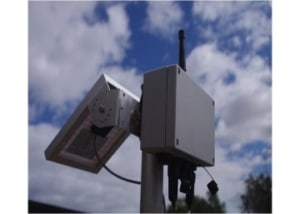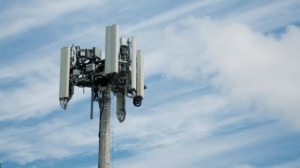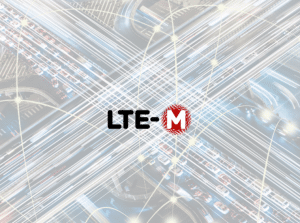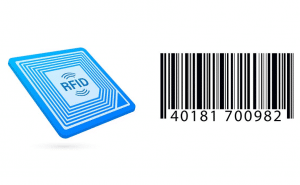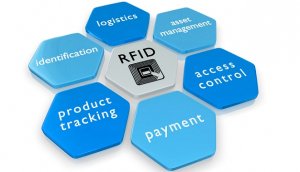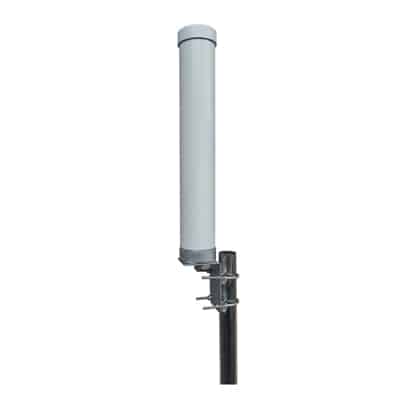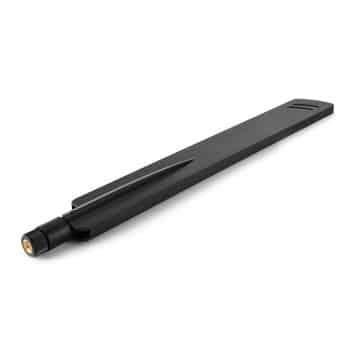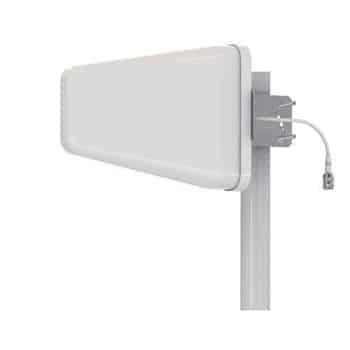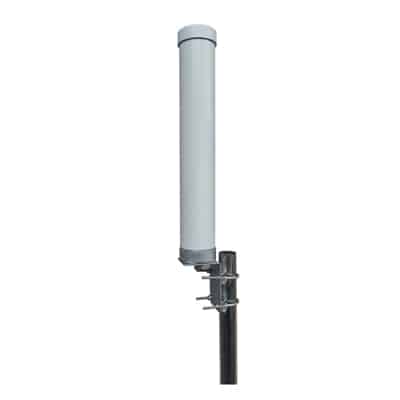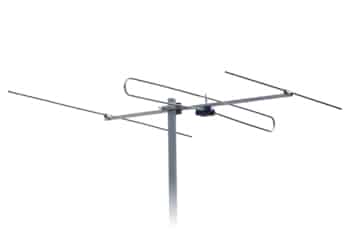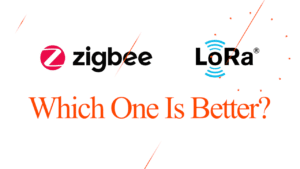
LoRa vs Zigbee: Which Technology is Better for IoT
In this article, we will compare the differences between LoRa and ZigBee technologies which are low-power technologies. Initially, a brief introduction to both technologies is given, followed by their advantages and disadvantages. Next, some of the key IoT applications are presented on each technology. Finally, factors that are to be considered when choosing either of the technologies are presented. Introduction to LPWAN and LAN technologies Before discussing ZigBee and LoRaWAN(LoRa), it is essential to have a brief understanding of the two types of networks they belong to, Local Area Network (LAN) and Wide Area Networks (WAN), respectively. Local Area Network (LAN) is distributed over short range, which would cover a building or a floor of a building. In comparison, Wide Area Network (WAN) is a network that spans over a city or a local district. LAN technologies are spanning over a short distance with point-to-point communication. Moreover, these networks are

